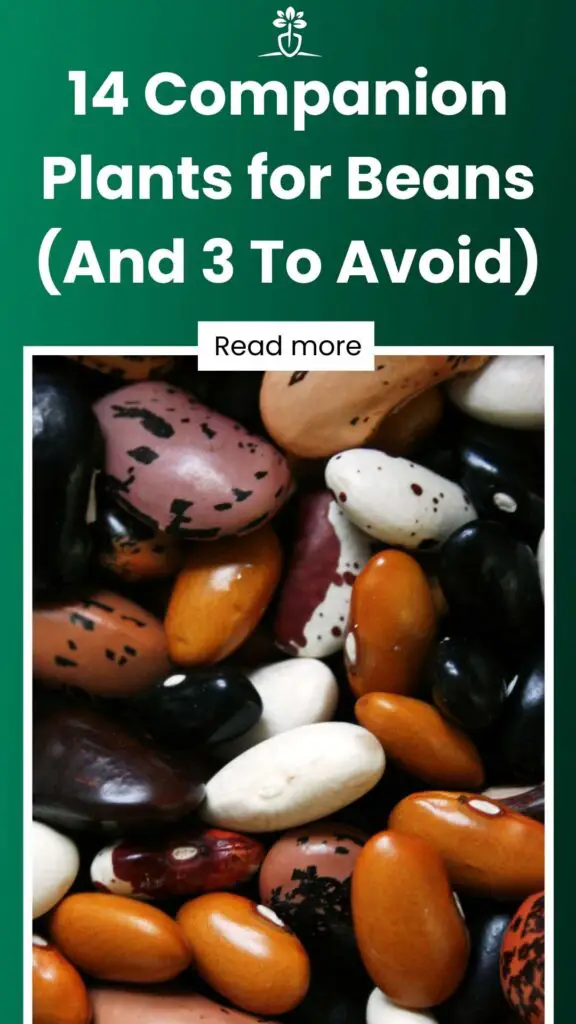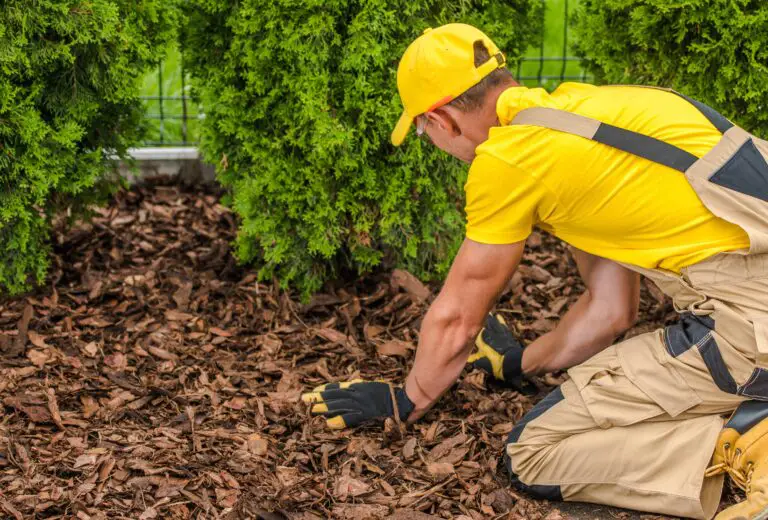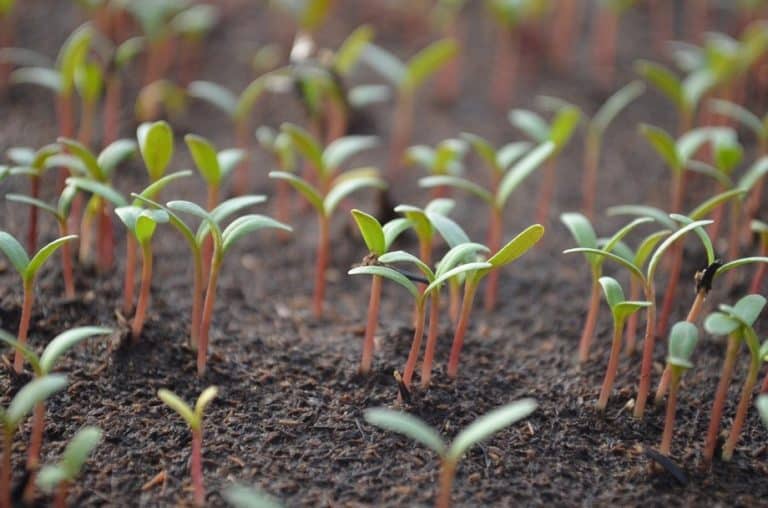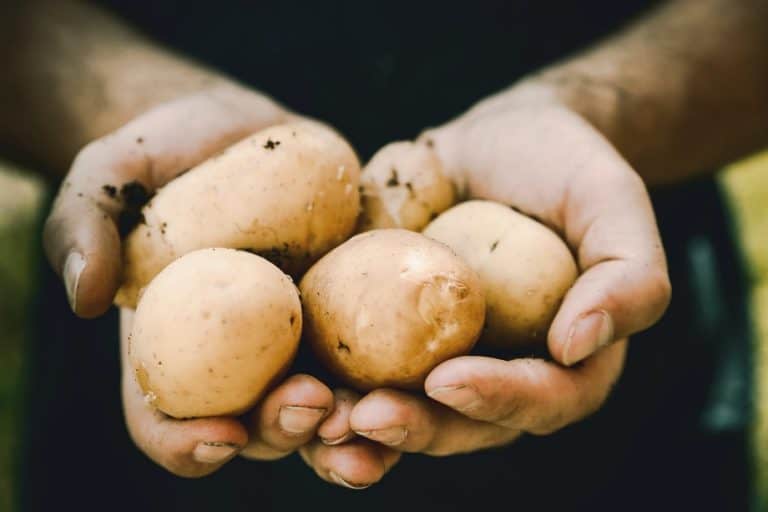14 Companion Plants for Beans (And 3 To Avoid)
**Before:** Growing **legumes**, such as pole or bush types, gives a tasty and simple way to put fresh veggies on your plate. Beans need little fuss and typically thrive without much effort. Yet, choosing the right **companion plants** is crucial for their growth and can even make your vegetables taste better. **After:** Planting **beans**, like pole or bush kinds, is an easy way to enjoy fresh veggies. Beans aren’t fussy and grow well with little work. However, **picking the right companions** is key for great growth and better-tasting veggies.
Companion planting is simply the practice of grouping different species of plants together in the garden to share certain benefits with one another, thus allowing for optimal growth and good health. For example, placing one plant species next to another may deter certain insects while improving nitrogen quality in the soil.
Here we’ll list some of the best companion plants to grow with your bush or pole beans, as well as a few not-so-highly-recommended neighbors.
Contents
Companion Plants for Beans
1. Beets

Great for meals, pickling, salads, and even their dye, beets lend the soil valuable magnesium, which bush beans crave. However, it is important to remember that while bush beans favor companion beets, the latter can stunt the growth of pole beans, so it’s best to keep beets and pole beans separate.
2. Celery
Growing celery can be an easy gardening project that yields quick results and even tastier benefits. Celery will not only help protect your bean crop from soil-borne fungal diseases but attract beneficial pollinators like bees.
3. Cucumber, eggplant, and radish
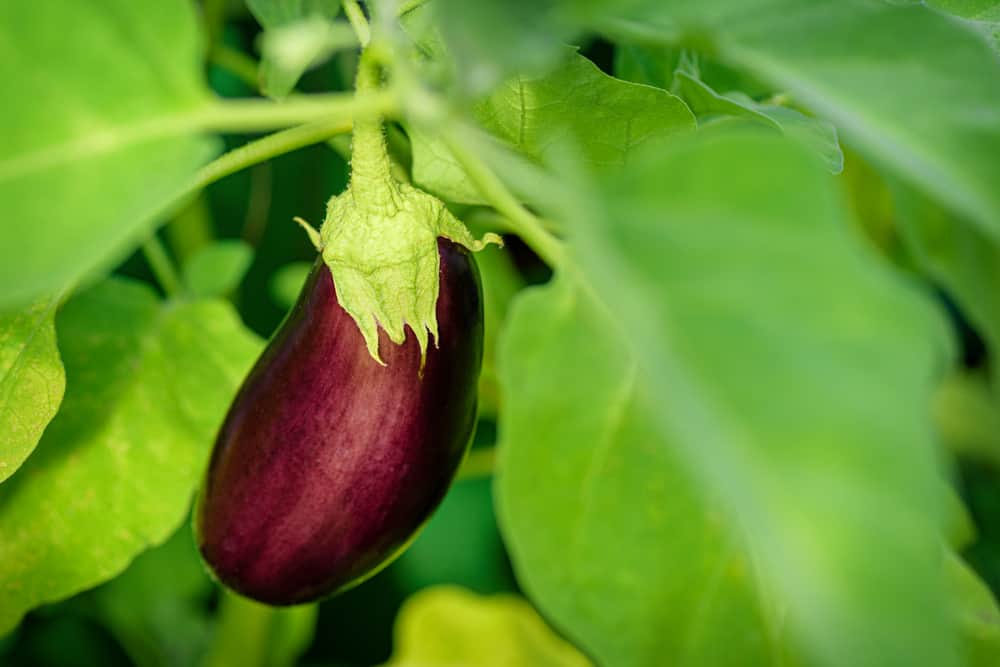
These hearty and versatile kitchen crops encourage your beans to grow strong, while the beans, in turn, boost vital nitrogen in the soil. Needless to say, these are win-win companion combinations.
4. Nasturtiums, summer savory, rosemary
While Nasturtium, rosemary, and summer savory all help trap and deter bean beetles, summer savory can also improve your bean plants’ growth and flavor. These aromatic herbs will not only brighten up your garden, but lend a helping hand to your legumes.
5. Peas
While technically classified as legumes themselves, peas make especially good companion plants for beans by boosting nitrogen levels in the soil and making sure there are plenty of nutrients to go around. Great minds think alike, right?
6. Corn

Corn is an ideal companion crop for legumes, especially shade-tolerant pole beans. Because the roots of your bean plants and the roots of your corn occupy different soil levels at different times of the year, you won’t have to worry about the two competing for water, space, or nutrients.
7. Catnip
Those with felines will definitely score pet points at home thanks to this potent cat-friendly (and that’s putting it mildly) herb that can also help to repel flea beetles, a common pest found on among bean crops.
8. Chard
If you’ve ever wanted to grow your own gorgeous Swiss chard, we have good news for you: your bean plants can lend a helping hand by keeping the soil packed with nitrogen, ensuring an all-around healthy, flourishing garden. Because beans and chard have different growth and harvest periods, you won’t have to worry about any crowding or attention-grabbing between the two, ultimately making this a great space-saving option for the garden.
9. Potatoes

Not only will this delicious staple crop repel the destructive Mexican bean beetle, but in return will be shielded from the Colorado potato beetle, making this duo a gardener’s match in heaven.
10. Carrots
This mainstay root veggie is well-suited to the bean plant, ensuring plenty of nitrogen-rich soil and pest protection. Carrots are particularly well-suited for pole beans and are a commonly recommended companion plant.
11. Strawberries
These sweet summertime treats will greatly benefit from their neighboring bean plants, as legumes release nitrogen while they grow, boosting the pace and quality of fruit production as well as warding off destructive garden pests. Because strawberries are especially prone to insect damage, you can’t go wrong planting them alongside protective legumes.
12. Squash
Squash makes a wonderfully shady companion plant for pole beans, preventing any undue sunlight from reaching the weeds. Squash can additionally benefit from the nitrogen-rich soil of neighboring beans.
13. Tomatoes

Both tomatoes and legumes are typically warm-season annual vegetables, which means you can plant them together at around the same time without worrying about any nutrient-hogging or competing for space.
A Tip: If you plan to grow your tomatoes alongside pole beans, you can trellis the beans on the north side of your tomatoes, allowing the resulting vegetative wall to redirect heat from the sun to warmth-craving tomatoes.
14. Kale
If you haven’t guessed by now, beans are natural nitrogen fixers, pretty much helping any companion plant grow to its full potential, including kale. Opting for kale as a companion plant for your pole or bush beans can ensure tastier, healthier veggies all around.
Bad Neighbors: Plants Not Recommended For Beans
1. Alliums (Onions, leeks, garlic, scallions)
It’s best to avoid planting alliums near your bean plants, as they can inhibit the growth of your crop by emitting a chemical into the soil that kills beneficial bacteria on your bean roots and preventing the absorption of crucial nitrogen.
2. Peppers
While it’s something of an ongoing argument amongst gardeners and experts, it’s generally believed that beans and peppers don’t mix well as neighbors. While both can benefit from the same soil, bean vines tend to spread like wildfire and eventually smother their neighboring peppers.
3. Sunflowers

As gorgeously cheerful as sunflowers are, it’s probably best to plant them away from your beans. While you might think sunflowers, like corn, would be the ideal pole-creeping companion plants, sunflowers release a chemical compound that ultimately inhibits bean growth.
Just as your neighbors can make or break the quality of life in the neighborhood, you might be surprised to find that your garden is no different. By choosing the right companion plants, you can give your bean plants a considerable head start in the garden. The good news is you have many options, from broccoli and Brussels sprouts to strawberries and celery, to ensure year-round health and vitality.
